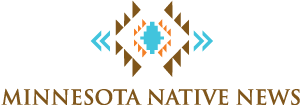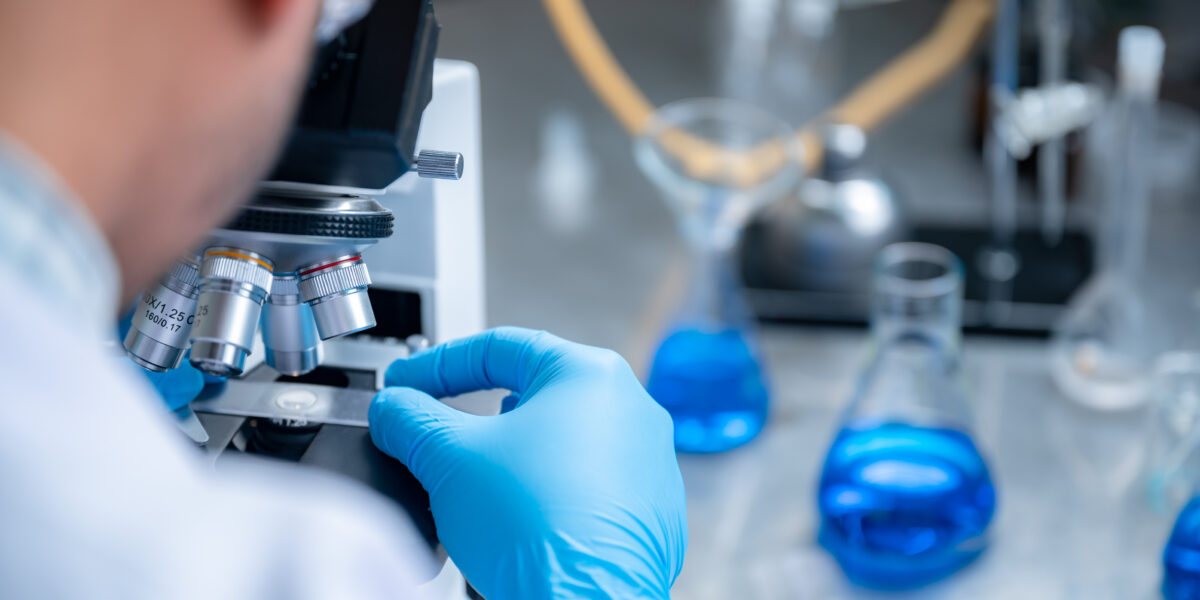This week on the Minnesota Native News Health Report, for the moment, the virus is winning. But Minnesota – and Minnesotans are not giving up.
By every measure the state uses, we are seeing a second surge. In 85 of Minnesota’s 87 counties, there is too much Covid for schools to have full in-person classes. The number of infections, hospitalizations and deaths are the highest since June and cold weather increases the risk of transmission as activities move indoors.
Governor Tim Walz joined the press briefing on October 15 to lend perspective to both negative and positive developments.
“The United States was slow in getting testing. I mean, that is that is an obvious fact. But we’ve also found that there are different tools that we can use on testing different ways to go about it,” said Governor Walz.
In describing lessons learned over the past seven months, Governor Walz emphasized the crucial role testing plays.
“We want to cut off that community spread by making sure that people get tested as easily and as quickly and as close to their home as they possibly can. The longer it takes for us to find out if somebody has this, the more they unknowingly spread it. So taking a test and waiting several days to get the results that really impedes our ability to slow this down so we’ve made testing a critical component of our strategy and I’m really pleased today to announce a significant expansion of that testing,” said Governor Walz.
By mid- November, the state will have 10 locations where people can do no-contact saliva testing instead of nasal swabs. In addition to the first semi-permanent site already up at the convention center in Duluth, Winona opened a site on October 13, Moorehead on October 17. Brooklyn Park opens October 20. Another six will come online in the next few weeks: four in the Twin Cities and two in Greater Minnesota.
The state also announced a pilot project which would mean people who want to get tested would not have to leave home. This is Minnesota Department of Health Assistant Commissioner Dan Huff:
“In addition to the semi-permanent testing sites, the saliva program will include a mail-order program. The Covid 19 testing at home program will allow Minnesotans to register online and receive their at-home testing kit via UPS,” said Huff.
The saliva tests will be processed in Oakdale at a facility that – at capacity – will employ 250 people.
“The new lab will reduce shipping time by allowing samples to be couriered from the collection site in the state over to Oakdale instead of having to be shipped to the biologics lab in New Jersey,” said Governor Walz.
The mail-in pilot project will focus on staff in Minnesota’s K12 and higher ed schools, with everyone able to participate sometime in November. The saliva tests will double the state’s testing capacity from about 30,000 a day to about 60 thousand. Insurance companies will be billed if people have insurance. Those who don’t have insurance or are underinsured will not be charged. But state officials warn testing is only part of the strategy to curtail the virus. Contact tracing is important too.
“All of this turns on voluntary compliance, from folks being willing not only to literally to, to answer the phone, when we call, but how forthcoming they are with the information, how forthcoming they’re with the details of where they’ve been. I think,” said State Health Commissioner Jan Malcolm.
“What we hear when we talk to the folks who are doing these case investigations and these calls, is kind of a mix of responses. The quality of the information really does depend upon people’s participation and how forthcoming they are,” she added.
Of course state officials continue to emphasize the importance of wearing a mask, social distancing and staying home if you’re feeling sick.
Laurie Stern reporting for Minnesota Native News


 Gov. Walz Announces Expansion of State’s COVID-19 Saliva Testing Capacity
Gov. Walz Announces Expansion of State’s COVID-19 Saliva Testing Capacity